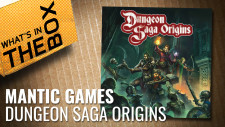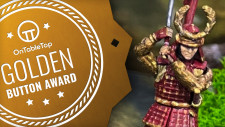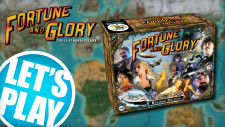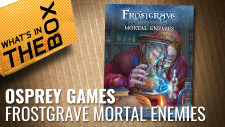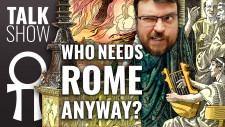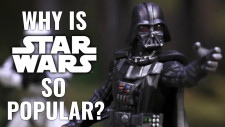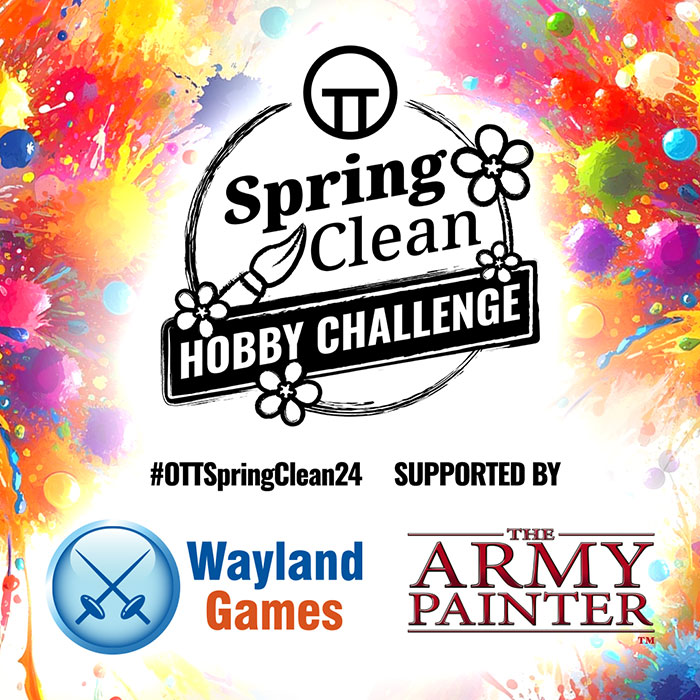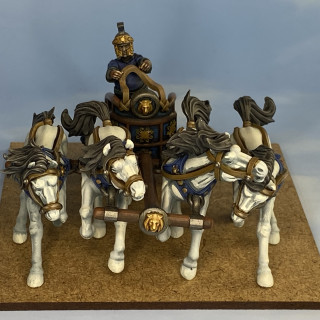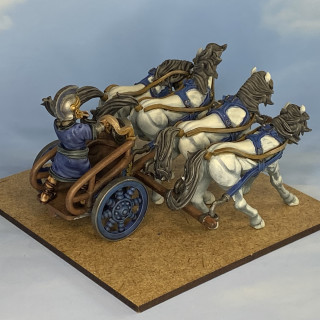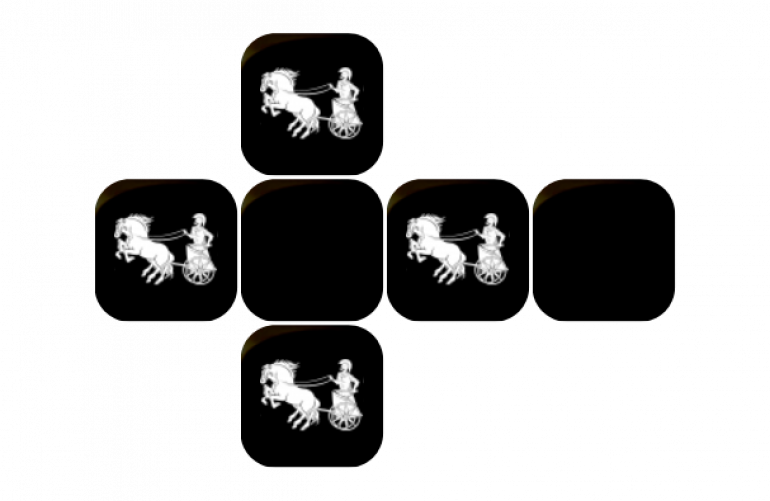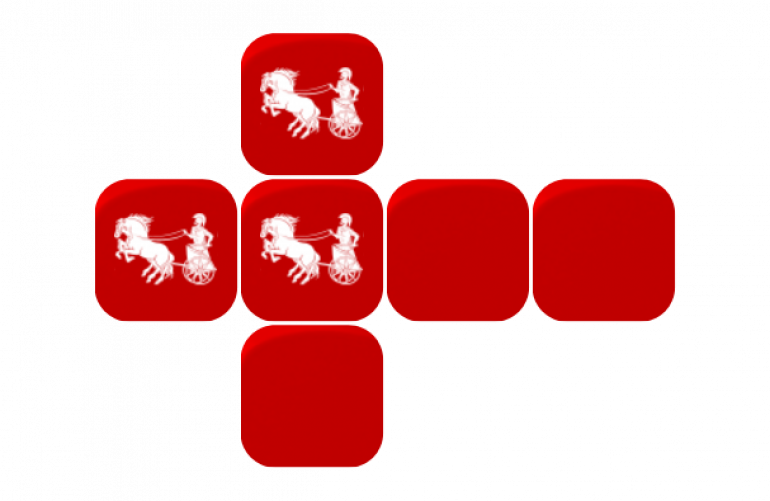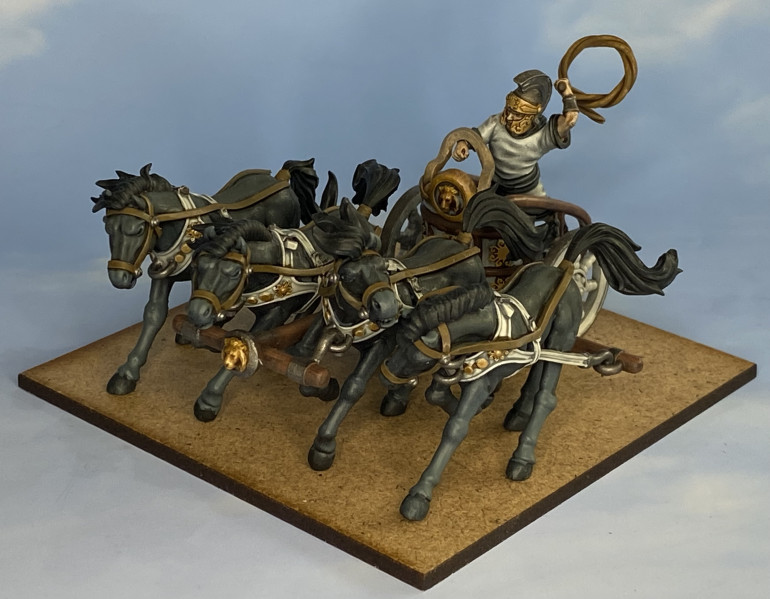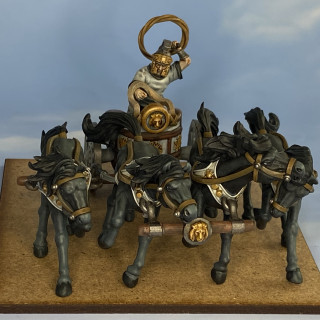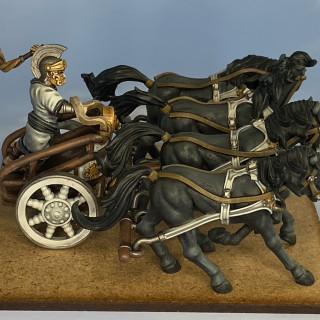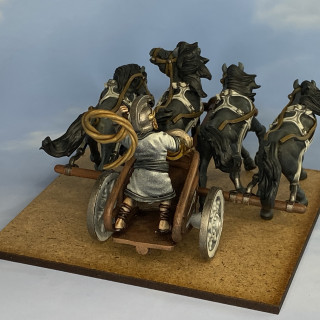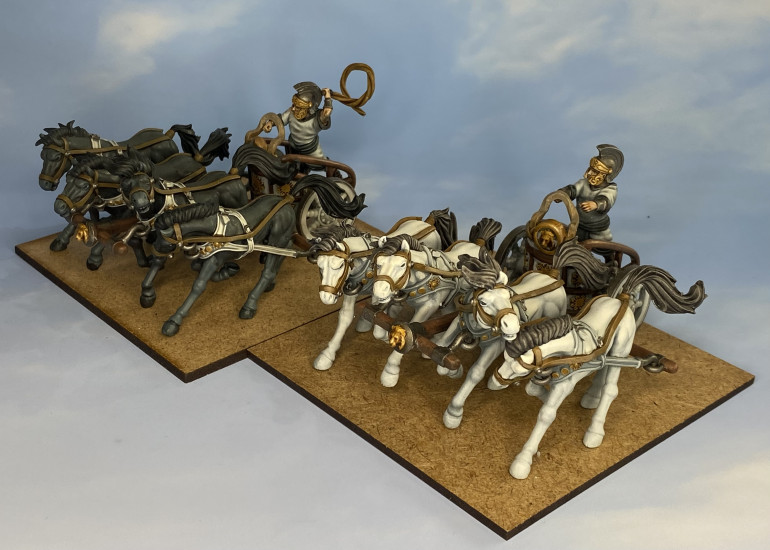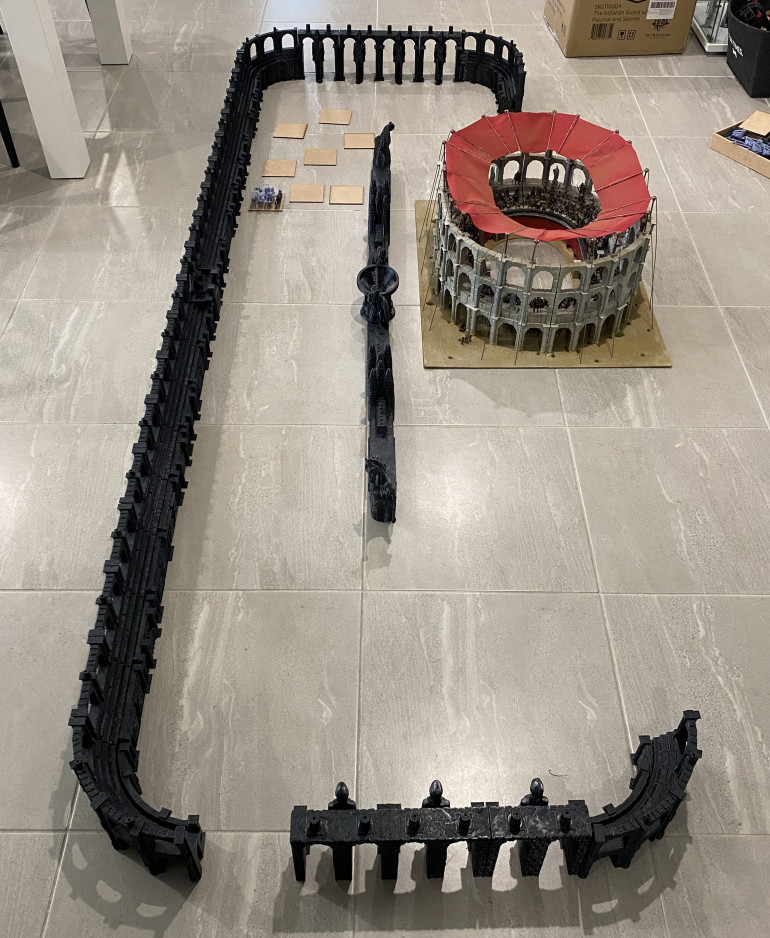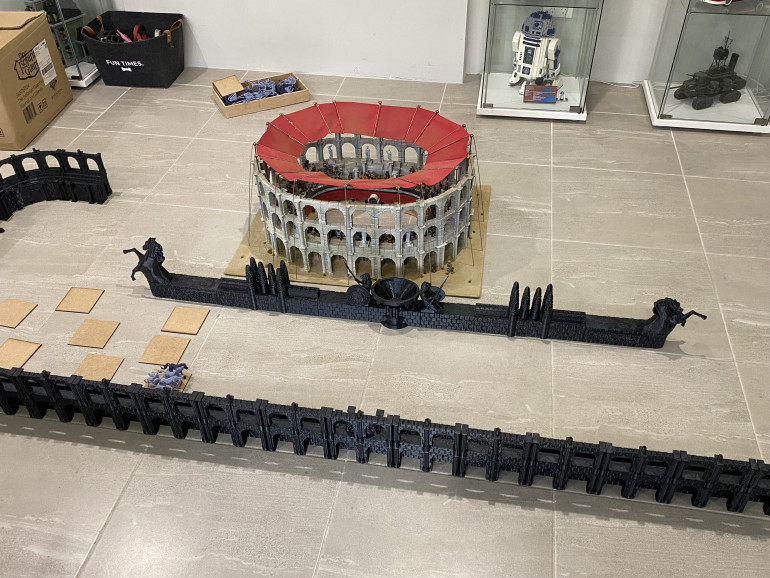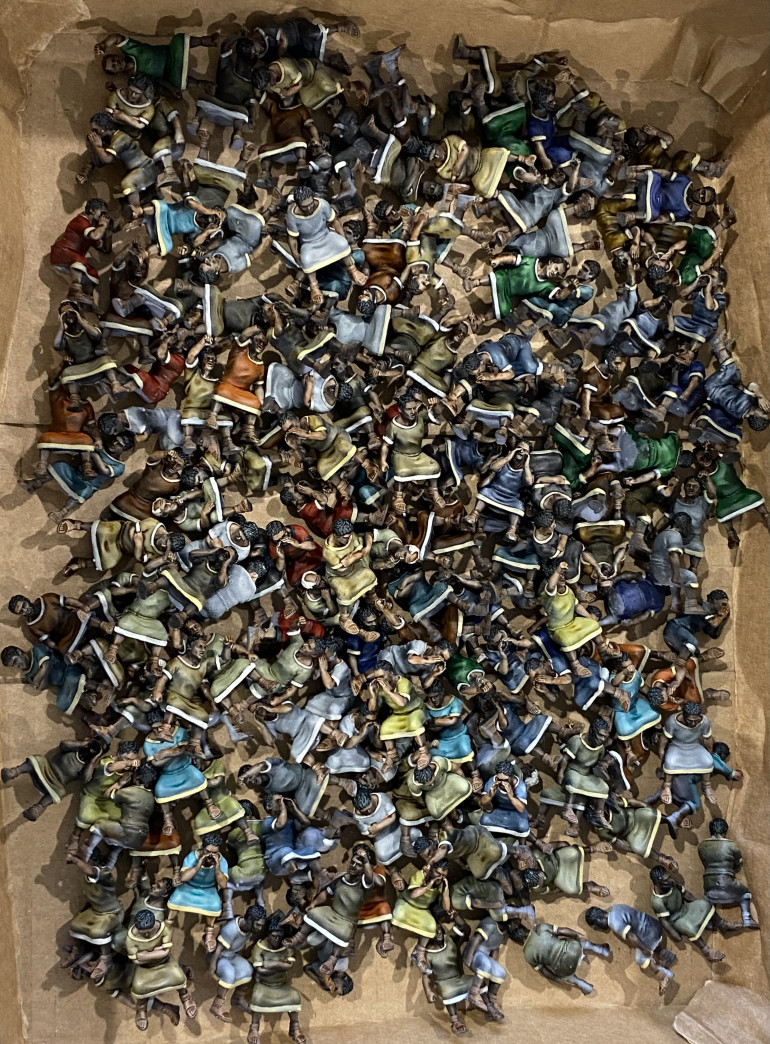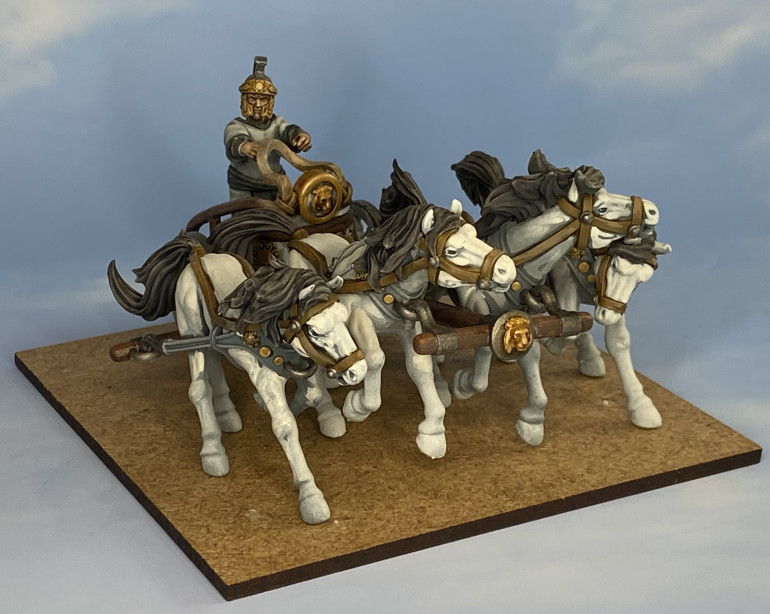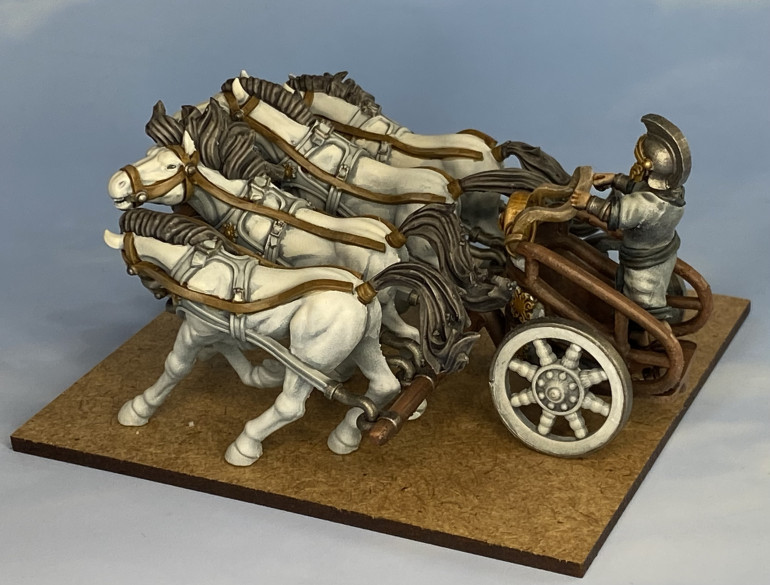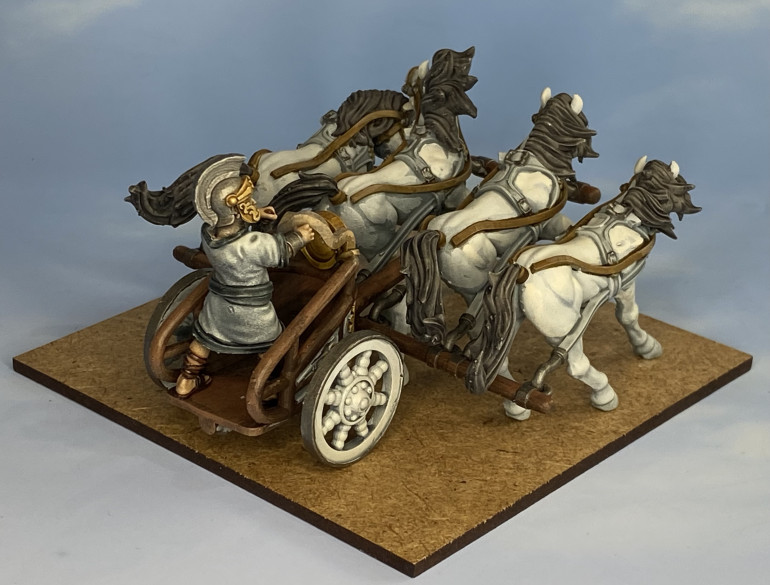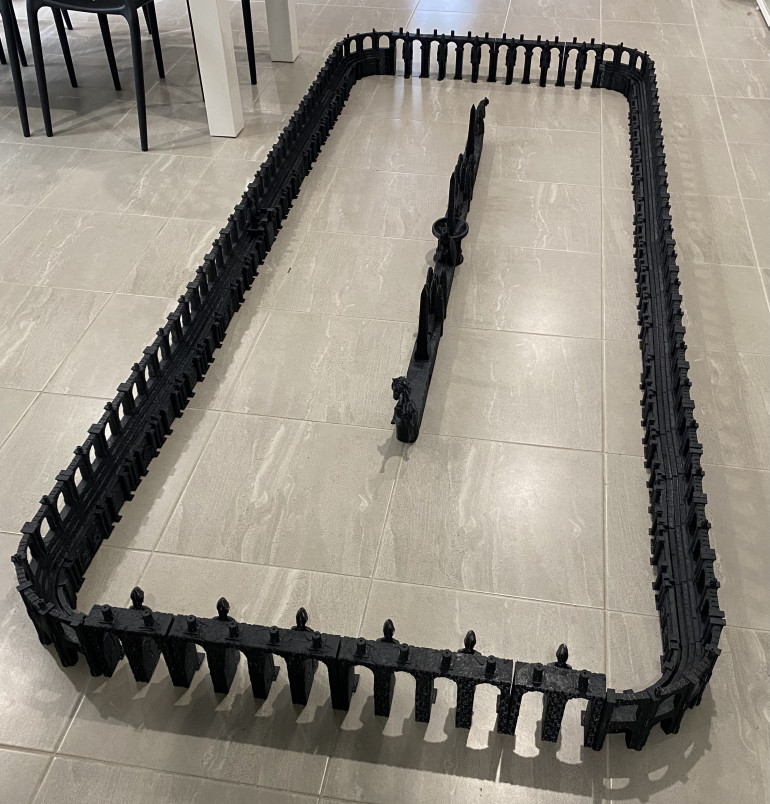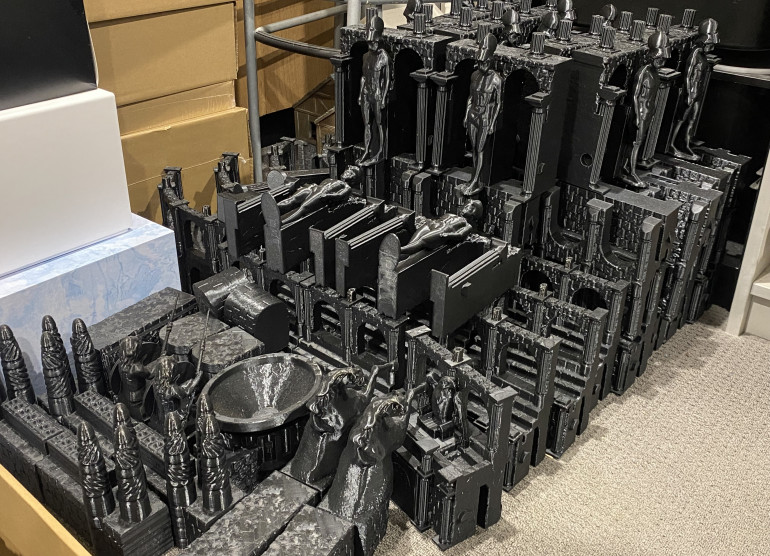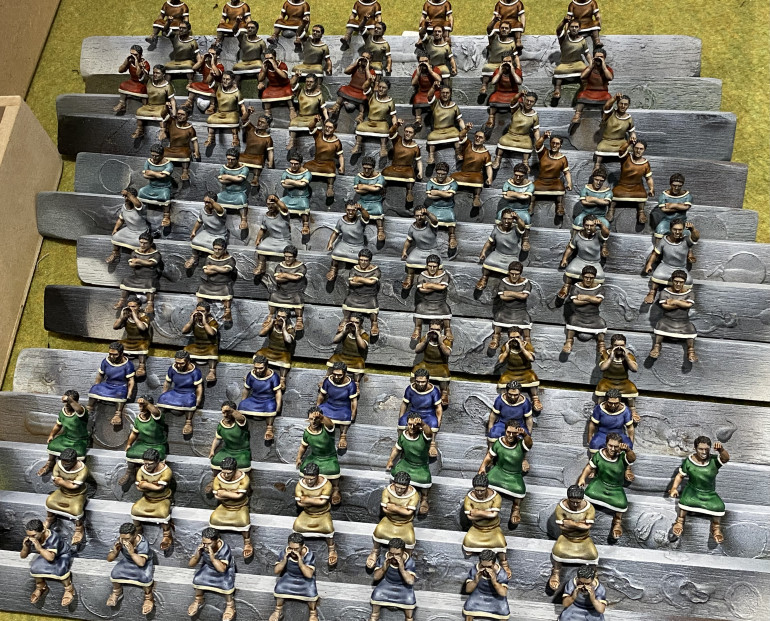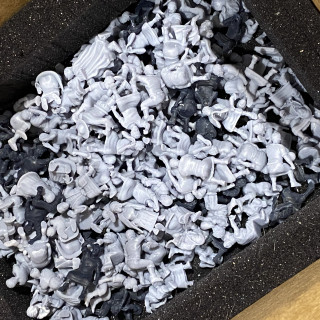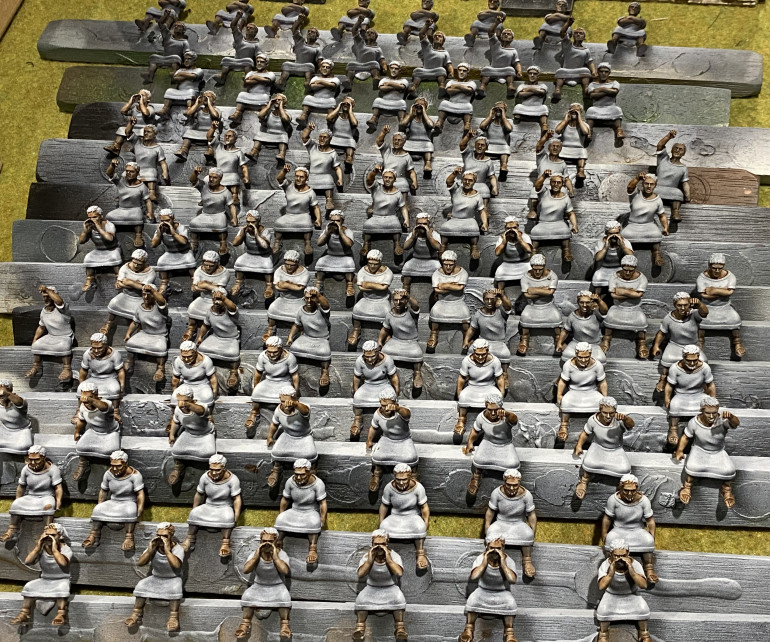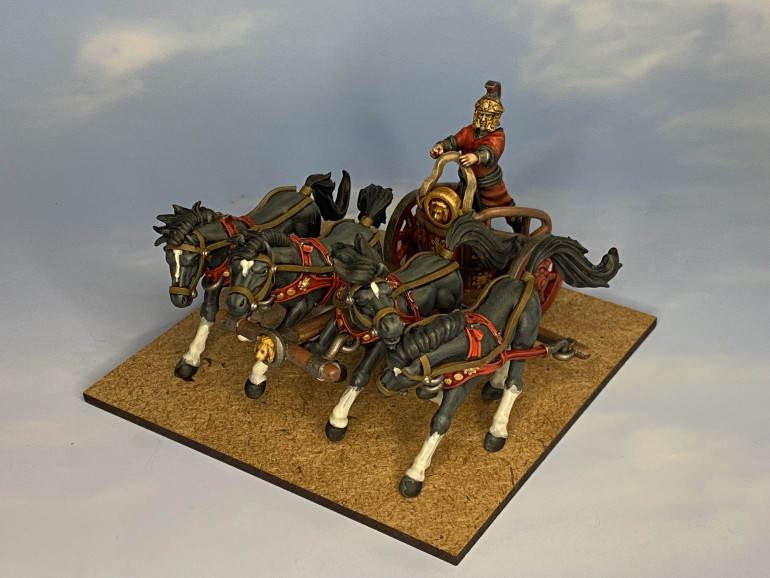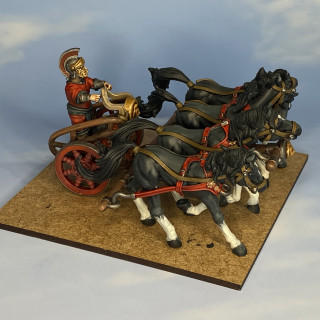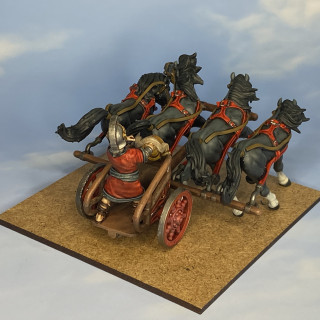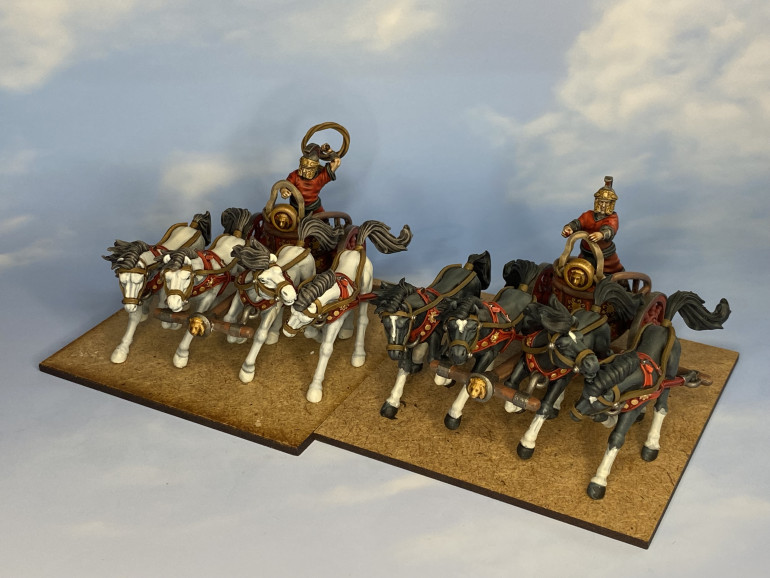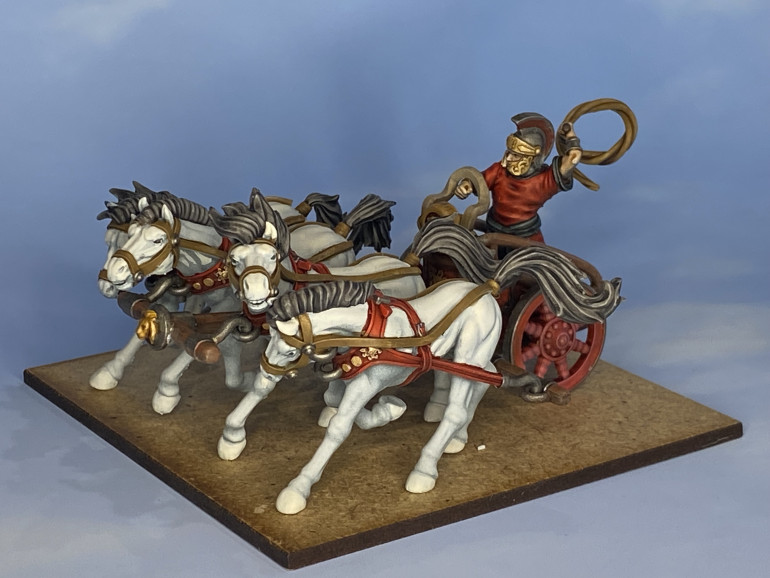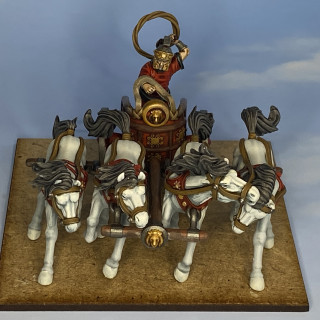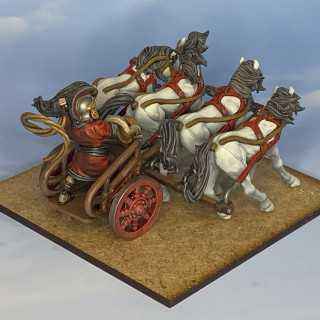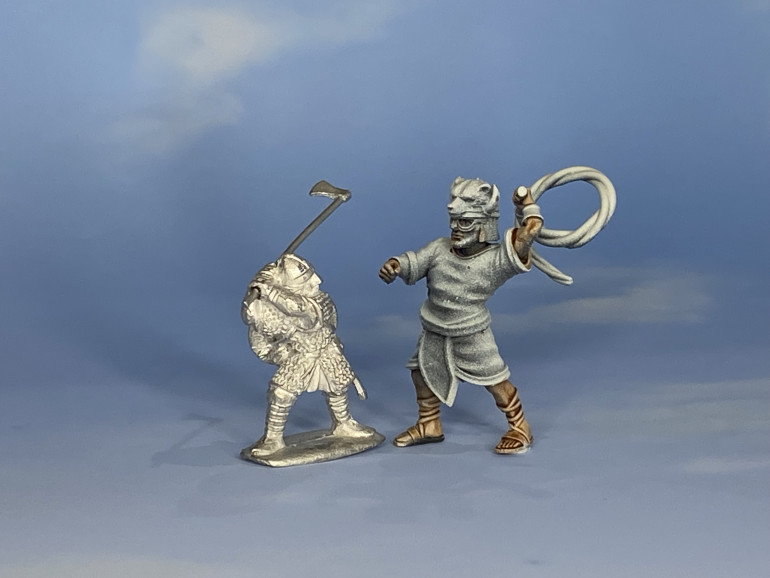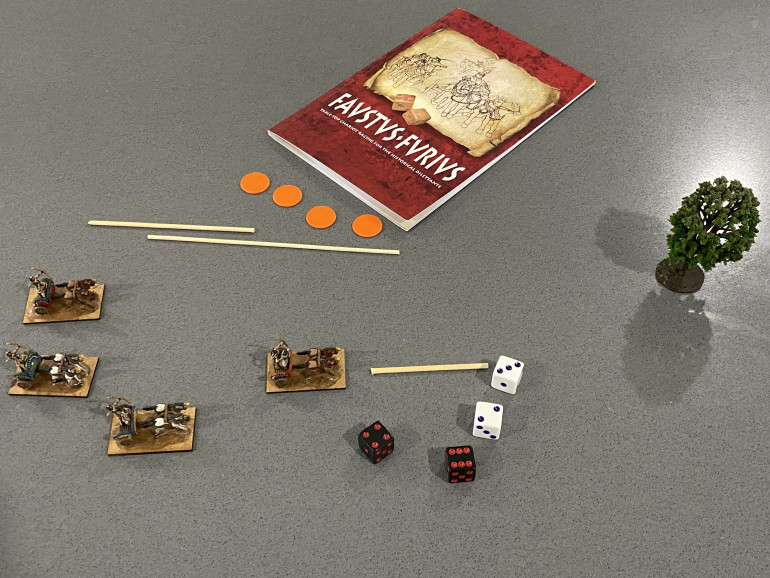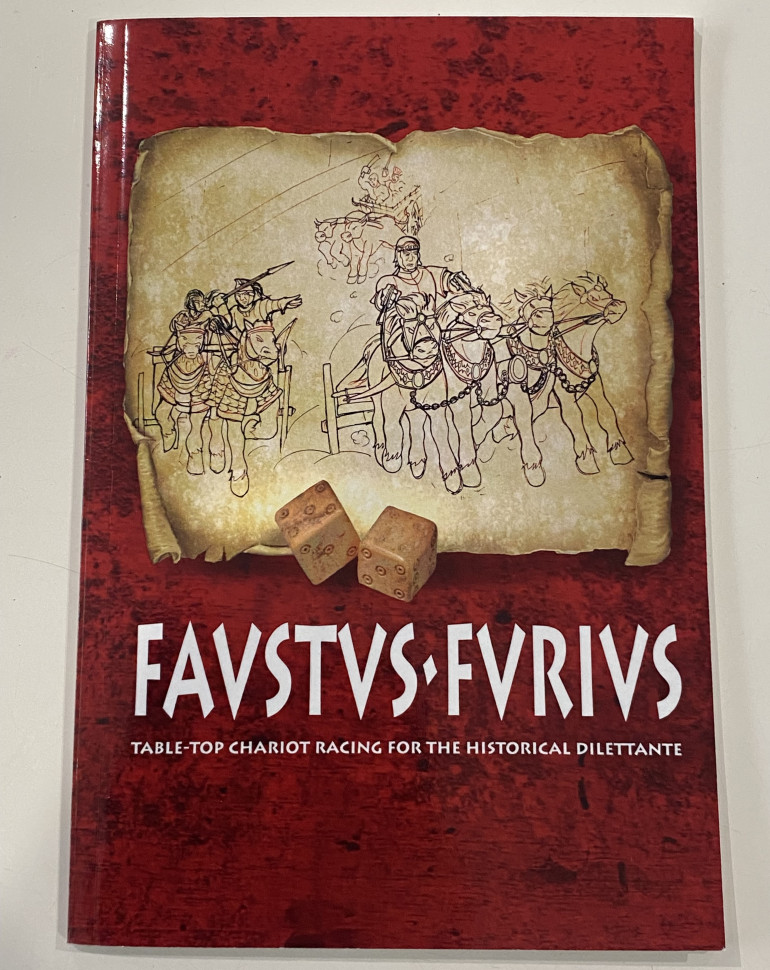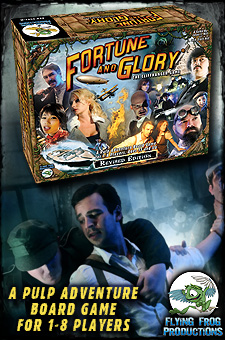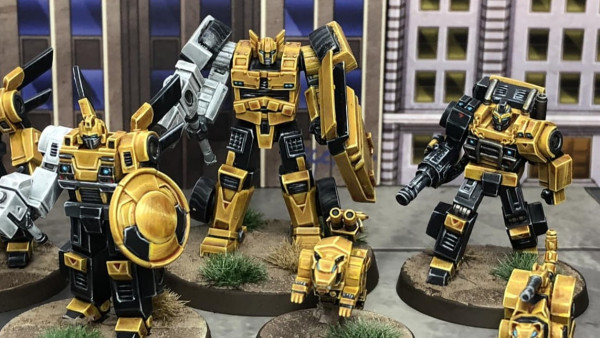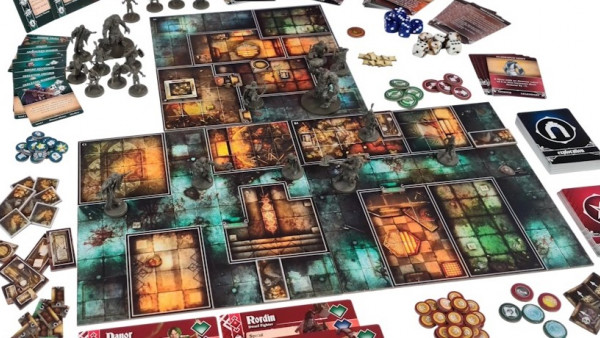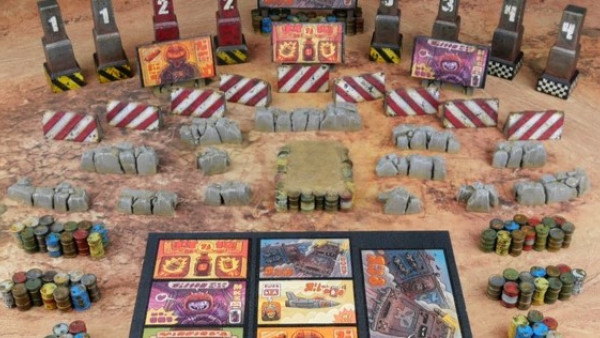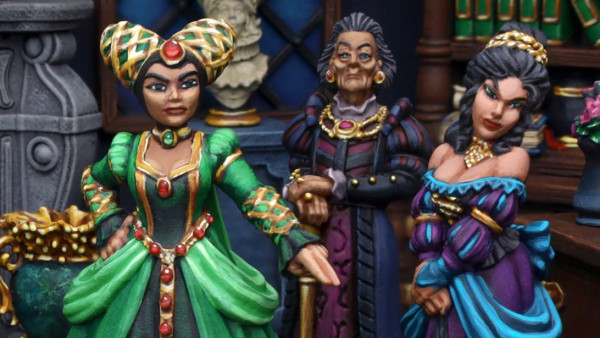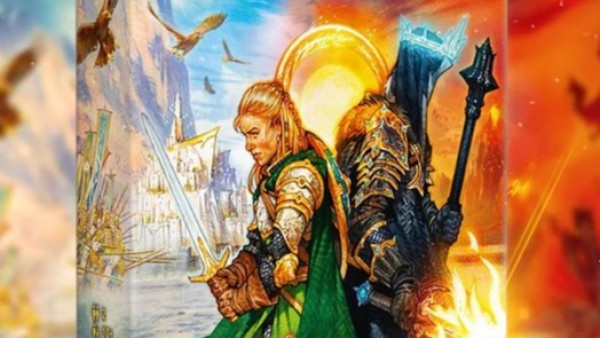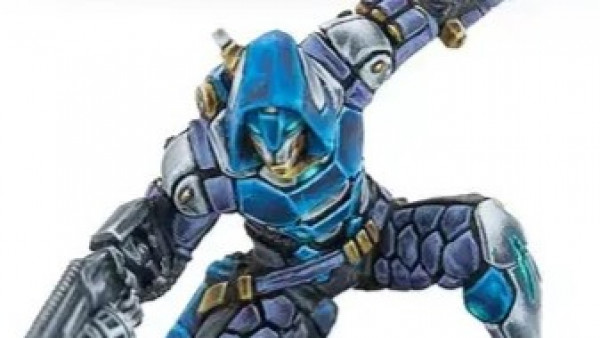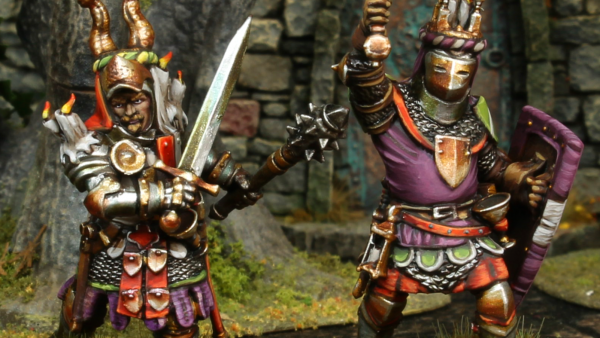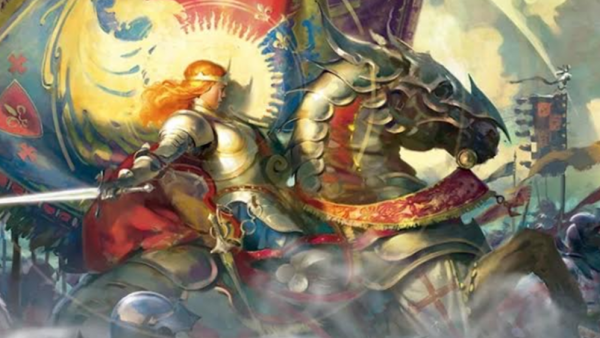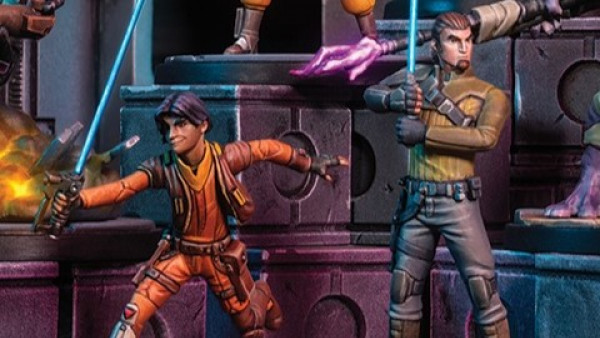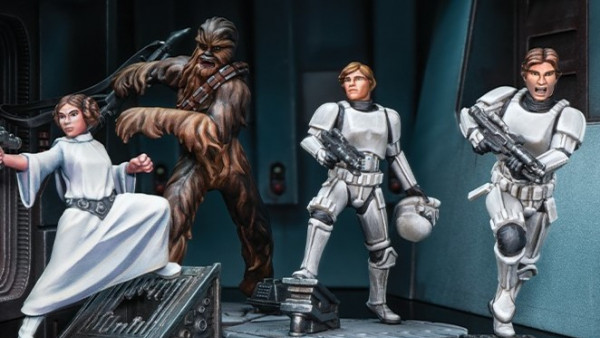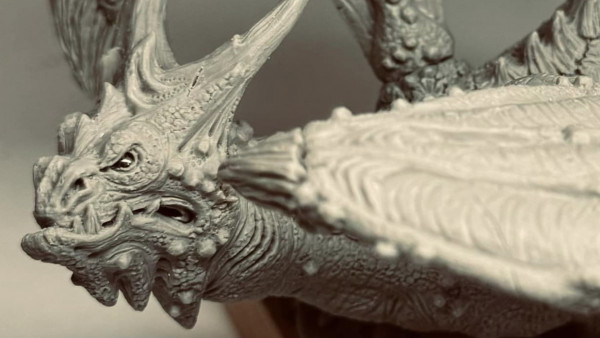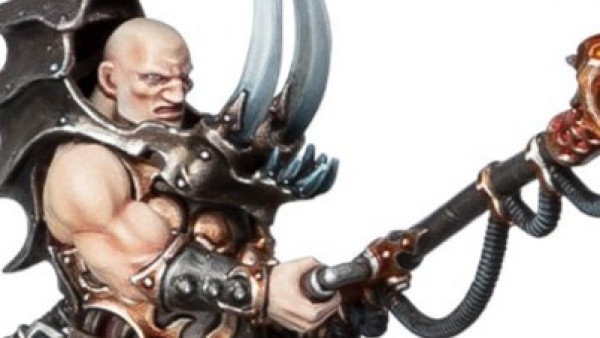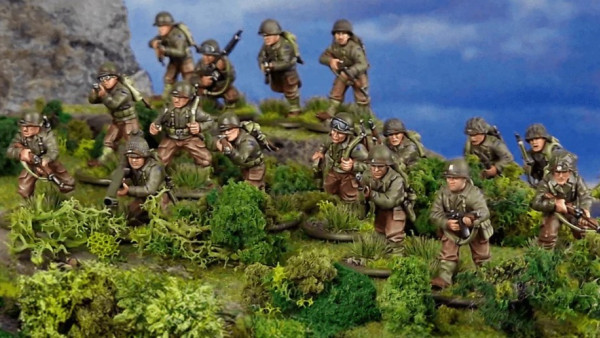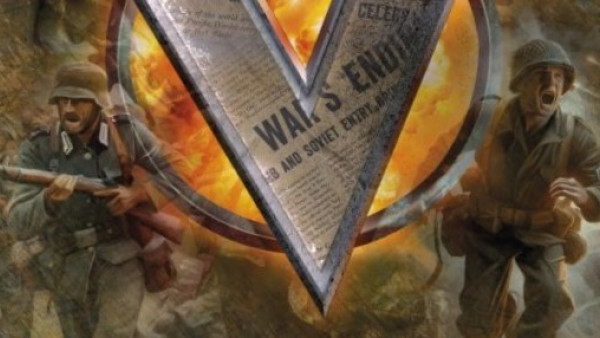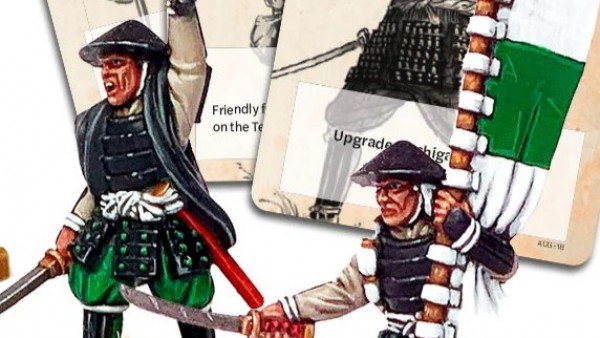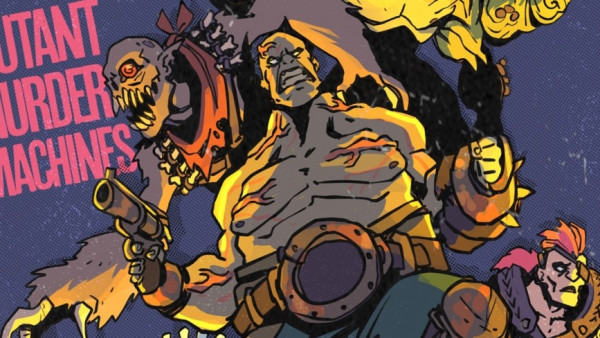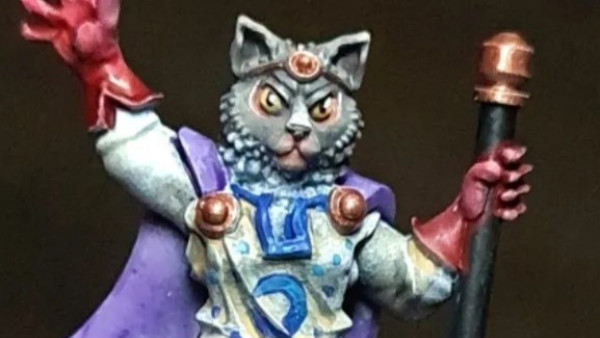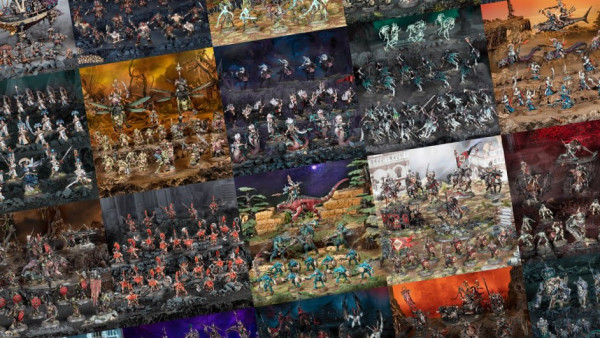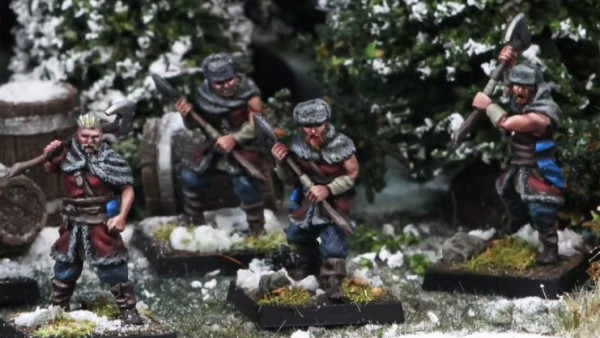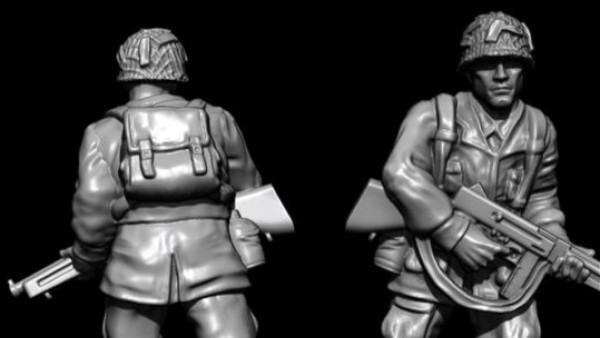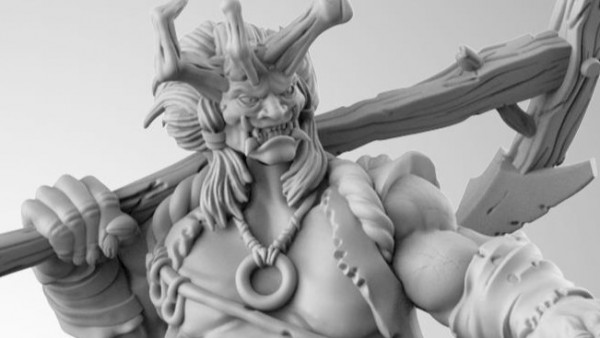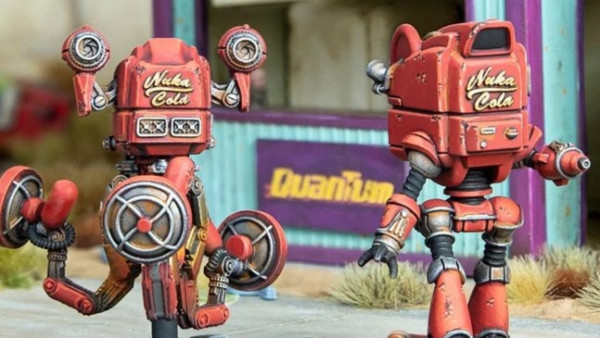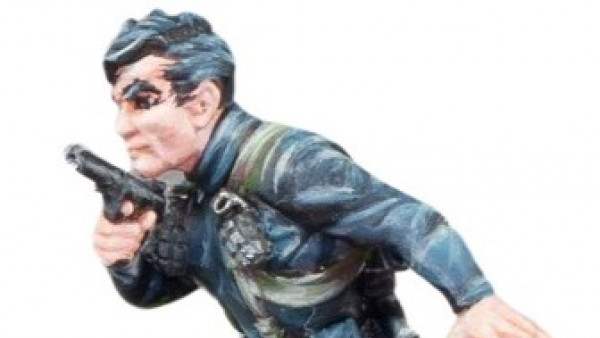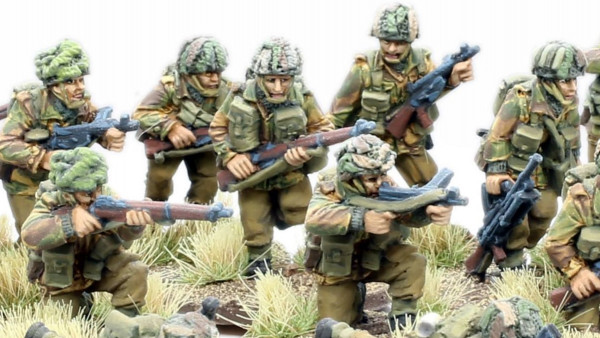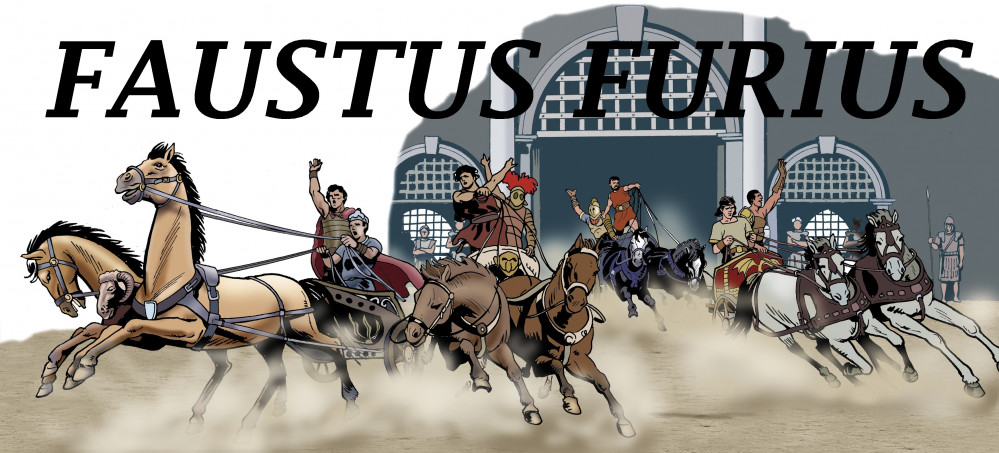
Circus Maximus
Recommendations: 767
About the Project
Faustus Furius is a fast and furious, tongue in cheek table-top game based very loosely around the chariot races of the ancient world and adaptable to any racing situation.
Related Genre: Historical
This Project is Active
Feeling Blue
Blue and White is next off the starting line.
Again, almost exclusively Contrast paints and light dry brushing on the chariot. Basic painting on the horses as per the previous post.
Nothing too outrageous just more of the same I’m afraid. I’ve also painted some skin colour onto the next batch of plebs, but that doesn’t make a very exciting picture.
Dice
When a chariot activates the player decides whether to roll one, two or three dice in their attempt to roll successes.
A chariot must always activate but the number of dice is up to the player.
The rules use different coloured dice to represent the effects of fatigue on the horses.
The dice pool available to be drawn from depends on the lap.
In lap 1 the player has a pool of 2 Fresh dice (Black) and 1 Fatigued dice (Red)
In lap 2 the player has a pool of 1 Fresh Dice (Black) and 2 Fatigued dice (Red)
Fresh dice score successes on 3+, Fatigued dice on a 4+
Successes are used to perform different actions including turning, moving and attacking. Each chariot also must perform a mandatory forward move each turn unless successes are spent to brake.
Dice rolled that don’t score successes can have a negative effect.
To make this simpler, I decided to use custom-made dice, which will also be larger than regular dice.
Black and White
The second chariot for the White team, this time with black horses.
For anyone interested in how I am painting the horses the short answer is I’m not really.
Well basically for the white horses I am priming them grey and then adding a couple of zenithal highlights with spray cans. To blend the colours together I use a white contrast paint over the bits of the model that you’ll be able to see from above. Then I painted the manes and tails with contrast paint and painted the eyes black with a small off-white dot in one corner.
For the black horses I just change to a black undercoat followed by a dark grey Zenithal highlight. I used Nuln oil to blend the colours together. Black contract paint for the manes and tails. Eyes done the same as for the white horses. Any white markings are first roughly painted on with grey paint followed up by a rough coat with the same off-white use for the eyes.
It’s a really quick way of painting horses and gives a pretty good tabletop quality.
Quick scale pictures
A very quick picture of what it will look like with the chariots on the track. Obviously the entire wall will be finish with crowds and all the chariots will be done, not just empty bases. There will be 8 Bases for Chariots, 8 bases for crashed chariots and probably 8 bases of pitch invaders.
Keeping the parts semi-modular Will allow me to adjust the size of the track. I can make a narrower track by removing end pieces. This will make the game way more hazardous as players try to negotiate around each other.
And just for scale, a picture with a section of the Circus Maximus next to my previous Colosseum build.
Come on Gerry and Lloyd, start getting your Rome built already 🙂
So sick of painting plebs
Just finished my second batch of plebs. I am doing them in blocks of 78 – 95 at a time, just to get through them.
Some of them will have to have legs or feet removed to fit them into the stadium.
This is what 2 days of painting plebs looks like. Contrast paints have been invaluable so far.
All White
Team White is up next.
I was a little concerned about this one if I am honest. I wasn’t sure how the white harness and chariot would look with white horses and for a while considered painting the horses brown or bay.
Ultimately, I decided to give White a chance. I really want to keep Brown horses in the back pocket just in case I decide to up this project from 8 chariots to 12.
I am pretty happy with how it turned out, I tried to make the harness a slightly different white to that white used on the horses. I also made the charioteers’ clothing a slightly different white.
How big is Inbigulated?
Looking at the recommended playing area,
- 6mm Models minimum track size 60 cm x 30 cm
- 10-20mm Models minimum track size 90 cm x 45 cm
- Larger scale models minimum track size 120 cm x 60 cm
I needed to give some thought to how big the playing surface would actually be.
I had two main considerations to think about.
- The playing surface needs to accommodate at least 12 chariots with enough room to move, plus the occasional hazard (Crowd invasion) that may occur.
- The playing surface and backdrop need to look right. By that I mean the length and the width need to look in proportion to each other as close as possible. (The height will have to be kept low enough so you can actually reach inside though)
The figures I am using stand roughly 38-40mm tall from foot to eye. So, the obvious way to go would be to simply double the playing area for 15-20mm scale figures. This would give me an area of 180 cm x 90 cm. So just over 5 1/2 Feet x 2 1/2 feet.
2 1/2 feet wide just doesn’t seem big enough. With each chariot taking up roughly 4″ X 4″ and knowing that the width is essentially divided by two as they will race up one side, around a turning point and back down the other it really only gives maybe 18″ maximum on each side. Probably less as any feature to race around will also eat into that space.
With this realisation, it was time to go big or go home. Time to double the already doubled measurements.
This now gives me a table area of 11 (ish) feet by 5 (ish) feet with the internal size of the track being roughly 9 foot by 4 1/2 foot.
It’s really going to be a big project.
Thankfully I had pretty much already come to the conclusion that this was going to be huge and had set all my printers to the task in hand.
At the moment all the components are loose, I will need to work out a way of turning them into sub-assemblies for storage and to make set-up quicker. It will also allow me to build smaller playing areas for games with fewer chariots.
Crowd part 1
I wasn’t lying when I said simple paint jobs on the crowd. The first batch is done. Plenty more to do.
I think I have around 380 printed out so far.
Plebeians
Gosh, it wasn’t until I started to really look at this closely that I realised just how many plebeians I would need to create a convincing crowd. The thing is that whilst these serve absolutely no purpose in the game, I can’t imagine not having them as a backdrop.
Because I need so many, hundreds, in fact. I am going to keep the painting on these really simple. Contrast paints all the way and I am only really going to paint what you will be able to see. Not like the Colosseum where I went to the effort of painting all their little sandals, that you can’t even see.
Come on you reds....
A Quadriga is a chariot drawn by four horses abreast and favoured for chariot racing in Classical Antiquity.
The word derives from the Latin quadrigae, a contraction of quadriiugae, from quadri (four) and iugum (yoke) In Latin the word quadrigae is almost always used in the plural and usually refers to the team of four horses rather than the chariot they pull.
So, with the exception of the basing, I am going to call team red done, or at least the working chariots. I still have two crashed chariots to do but I figured I could come back to those later.
I am hoping that the different coloured horses and slightly different charioteers should help the two chariots stand out from each other.
In the red corner...
Once established in Rome, chariot racing became highly factionalised with charioteers racing for one of four coloured teams: the Reds, Blues, Greens and Whites.
A four-chariot race was called a certamina singularum, an eight-chariot race was called a certamina binarum, and a twelve-chariot race was called a certamina ternarum. Each faction was represented in each race with either one, two or three teams.
Chariots were four-horse vehicles with a single driver.
I think I will stick to a maximum of eight chariots, or at least to start with as I plan to build both chariots and wrecked chariots for each model.
With the first chariot printed, it was time to get some paint down. Being very conscious of the fact that this is potentially a huge build I want to limit my time spent painting the models.
Running some quick numbers, using my previous Colosseum build as a guide I think I will probably need around 400 or so figures just to represent the crowd. I plan to make the crowd a little more spread out for this and also plan to add a few more varieties of models. I will need to modify some of the supporters to show which of the four coloured teams they support.
First up was a three-stage undercoat ranging from black through grey to finally a white zenithal spray.
For the most part, I used a combination of contrast paints and washes with a very light dry brush. The metal parts were picked out in a very dark metallic paint. To help differentiate the teams within one coloured faction I plan to use different coloured horses. For example, a red chariot with white horses, a red chariot with black horses etc. To add a little more variety, I will also use different charioteers where I can, although that is less of a necessity.
I have gone with 10cm x 10cm laser-cut wooden bases. I will keep that as a standard size for all the chariots and their crashed alternatives.
I have plans to do some unruly supporters that can be used for inevitable ‘Pitch Invasions’ which during the actual game become rather irritating obstacles that need to be navigated around.
How Big !
There is nothing wrong with this game with 6mm or 15mm chariots, especially if you want to play it on a kitchen table or something similar.
However, I just feel like the chariot races would have been an epic spectacle. The roaring crowds, the thunder of hooves, the cracking of whips, and I’m just not feeling that with these smaller scales.
I want this to have more of a WOW factor. I also want this to feel more like Roman chariot racing, think Ben-Hur and you’ll know where I’m going with this.
With this in mind, I am inbigulating everything.
Here we have a regular Gripping Beast 28mm Dark-Age figure next to One of my oversized Charioteers. This is how big we are going.
Humble beginings
And there you have it. A fully finished project!
Of course, I’m kidding.
Although this really is all you need to play this game, I am pretty sure I can completely overdo it to some ludicrous scale way above what it needs to be.
Faustus Furius
Faustus Furius, the fast and furious tongue in cheek table-top racing game based very loosely around the chariot races of the ancient world and adaptable to any racing situation. Or so it says on the back of the book.
Designed for 2-8 participants, it allows players to pit chariots from any culture or period against one another in a no-holds-barred race to fame and glory.
Well doesn’t that just sound like a simple fun game?
Could be just the ticket for casual games that anyone can join in at short notice. Perfect for a club open day perhaps?
So, flicking through the book, let’s see what we need to play.
- A few Chariots. (4-8 should be sufficient)
- A counter for each chariot to act as a crash marker.
- Four D6. 2 of one colour and 2 of another.
- Three fixed length measuring sticks.
- 6mm Models need 50mm, 80mm and 120mm sticks.
- 10-20mm Models need 75mm, 120mm and 180mm sticks
- Larger scale models need 100mm, 160mm and 240mm sticks.
- A flat surface.
- 6mm Models minimum track size 60cm x 30cm
- 10-20mm Models minimum track size 90cm x 45cm
- Larger scale models minimum track size 120cm x 60cm
- A marker to act as a turning point. A flag, rock counter etc will be sufficient.
The track. At the most basic, ancient racetracks included a starting line and a turning point. The earliest written account of a chariot race occurs in Homers Iliad where the charioteers at the funeral games of Patroklos had to complete a single lap of a course that ran from the starting line and back around the stump of a dead tree.
Well that all seems very doable.





























